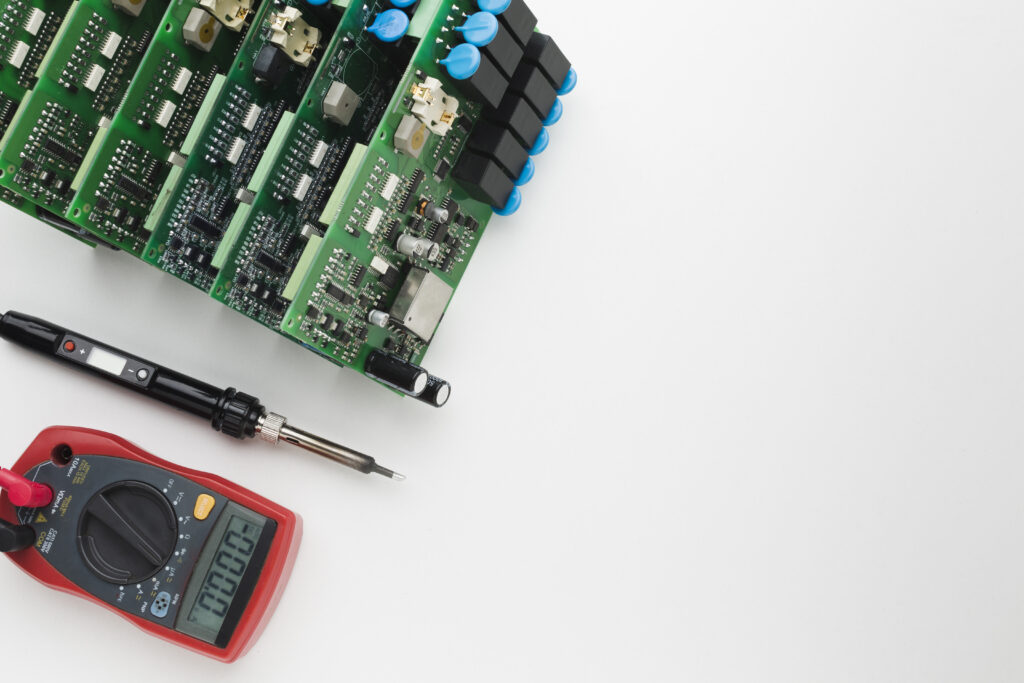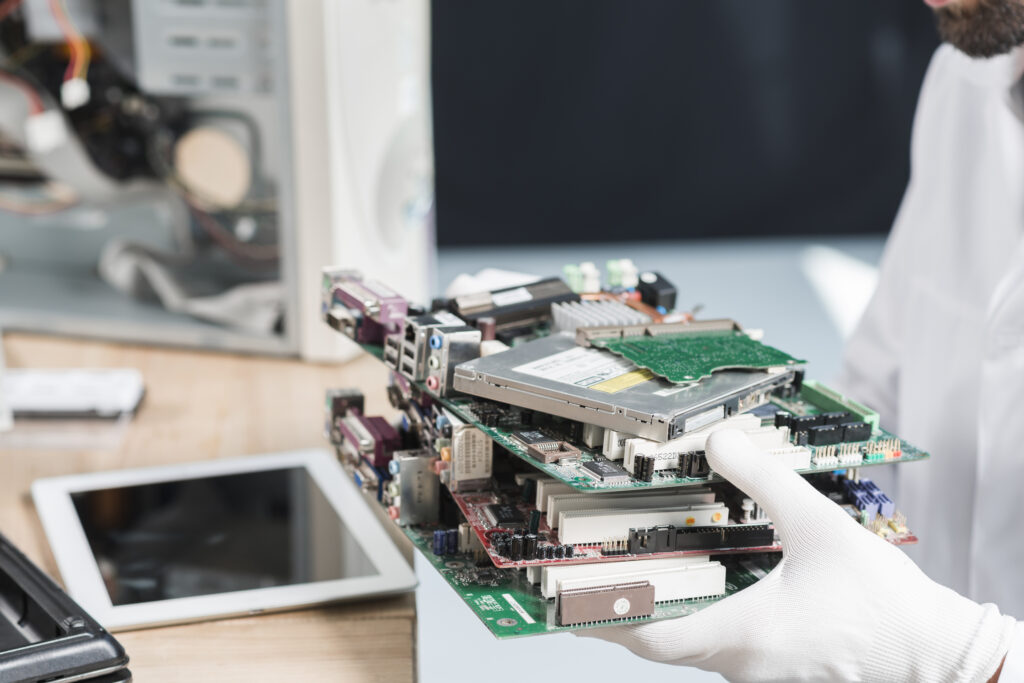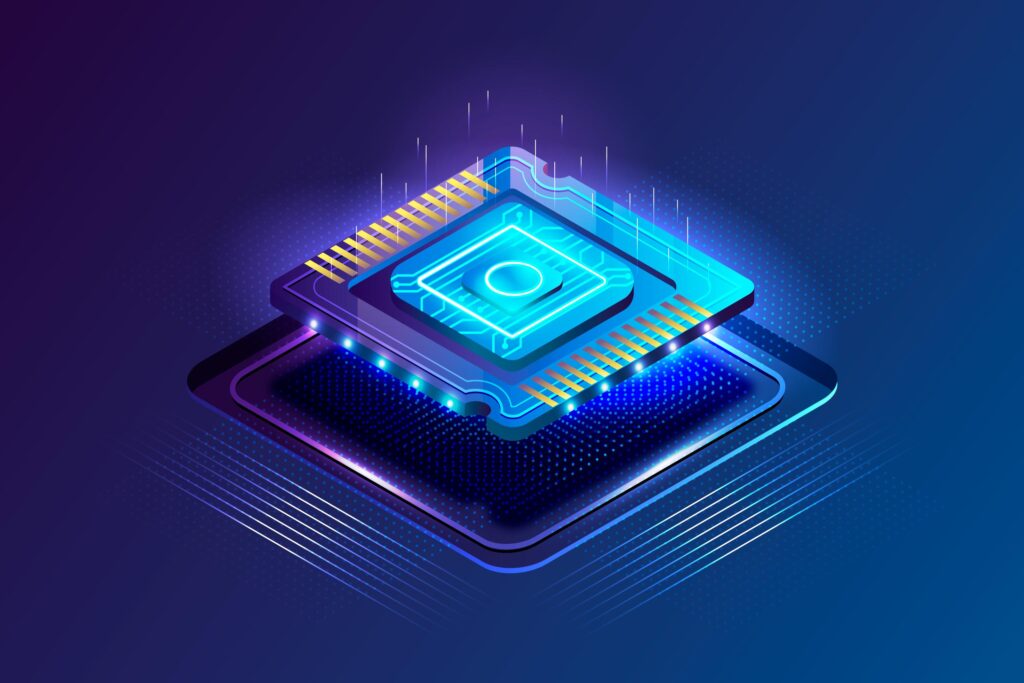Smart hardware plays an important part in our everyday lives in this day and age when technology evolves fast. Examples range from wearable technology that enables smart homes to industrial automation and automobile systems. Indeed, embedded systems fuel innovation, but smooth operation comes largely from the firmware, or the low-level software that translates the hardware elements into higher applications. Firmware controls the behavior of the devices, thus enabling them to function at their optimal level, enabling communication between parts, and enhancing security through updates.
This case study explores how firmware plays a critical role in the development of smart hardware. It discusses how firmware optimizes device operations, enhances security, and enables easy updates. The study based on real-life examples, highlights how firmware makes hardware concepts a reality by being fully functional, secure, and scalable.
Click the link to learn more about the difference between hardware and firmware.
Background
Firmware is specially designed software designed to control and monitor the performance of an embedded system by processing data. Because firmware is exclusively designed for use in specific computer hardware, such software will typically run on devices without a hassle and with very little inefficiency.
Firmware is an important part of an embedded system that consists of a microcontroller, sensors, or smart devices. It is responsible for the provision of crucial instructions that determine how the device is supposed to act, enabling it to communicate with other hardware and perform a certain task. Therefore, in short, firmware can be termed as the spine of smart hardware.
The Role of Firmware in Smart Hardware Development
- Power Management Optimization
Power consumption is an important challenge within the development of smart hardware since many such devices are worn on the person or installed throughout a facility on IoT sensors with battery power that dictates the maximum efficiency. As such, Firmware has an indispensable role in implementing sleep modes and efficient duty cycle strategies, efficient power allocation.
For example, in a fitness tracker, firmware manages the power usage to turn on only the required sensors and puts it into a low-power state while idle, allowing for an extended battery life with no compromise in functionality.
- Secure Communication and Data Protection
Security: Smart hardware focuses extensively on securing the underlying devices that transmit sensitive data across networks. Such firmware would need to install superior security protocols such as:
- Encryption Algorithms: Secure transmission of data so that unwanted users cannot intercept it.
- Authentication Mechanisms: Provide multi-factor authentication (MFA) and a secure boot process to avoid intrusion.
- Firmware Integrity Checks: To detect tampering when updates are being made.
Firmware plays an important role in a smart home security system so that the lock remains secure, and in a situation where someone tries to open the door through their smartphone, the communication from the phone to the lock remains secure.
This security is achieved by a method called encryption, whereby the information becomes jumbled in such a way that nobody can read or even alter it without the key. Only the user with the appropriate credentials can open the door, thus ensuring the hackers or wrong people cannot enter the smart lock and therefore stay safe at home.

- Enabling Over-the-Air (OTA) Updates
With modern smart hardware, firmware update handling is necessary for improvements and security breaches. OTA update servicing allows enhancements and bugs to be pushed to hardware without physical intervention on the part of hardware manufacturers, which is a requirement for improving the security and relevance of hardware devices over time.
For example, firmware updates on an electric vehicle can optimize the performance of its battery, introduce new driving modes, and improve safety features without requiring the owner to visit a service center.
Firmware updates are very essential in improving device performance, security, and functionality. Whether to improve efficiency, fix bugs, or add new features, firmware updates ensure your hardware runs optimally.
If you’d like to delve deeper into firmware updates, have a look at this more comprehensive guide: Everything You Need to Know About Firmware Updates – The What, Whys, and How. Everything from why firmware updates are essential to how they work is explained.
Case Study: Smart Home Security System
Problem statement
A leading home security company wanted to develop a smart lock that customers could control wirelessly. Here are the three biggest challenges they would face:
- Guarantee the smart lock connected to the phone of the customer at all times.
- This keeps the lock secure by using strong authentication methods.
- To enable wireless software updates to improve the lock’s features and security functionality.
Firmware Development and Implementation
The development team had designed the firmware to:
- Optimize Power Management: The smart lock could work for hours on battery power. Algorithms integrated into the firmware were designed to cut down energy consumption without sacrificing connectivity.
- Secure Communication Protocols: Integration of AES encryption coupled with two-factor authentication (2FA) ensured safe verification and exchange of data from the users.
- OTA Updates: A modular firmware architecture enabled non-intrusive updates, thereby not affecting its functionality, hence keeping the device updated with all security patches and feature enhancements.
Click the link below to learn more about the latest advancements in firmware development: Emerging Trends in Firmware Development – A Technical Exploration.
Outcome
By developing robust smart lock software, the company accomplished:
- Seamless Connectivity: the smart lock can seamlessly connect to user’s phones using both Bluetooth and Wi-Fi; therefore, it works flawlessly.
- Better Security: The advanced encryption and authentication techniques used kept the lock secure against hackers and other unauthorized access.
- Easy Upgrades: The lock could install software updates over-the-air (OTA), thereby introducing new features and security enhancements without having to explicitly require manual changes.

Lessons Learned
- Firmware is the Brain of Smart Devices: Without good firmware-which can be described as the software running on the device highly advanced piece of hardware simply won’t perform well.
- Security is Vital: Because these devices are hacked, smart devices need good security in their firmware.
- Remote Updates Keep Devices Useful– Firmware can be updated wirelessly (OTA updates), making the devices remain secure and have new features with time.
- Efficiency Improves Performance– The optimized firmware allows a device to work smoothly, save more on battery, and react faster.
- Scalability Supports Future Growth– A flexible firmware design helps the device to adapt easily and work with future technologies.
Conclusion
This implies that firmware is the backbone of smart hardware and plays a central role in ensuring that smart hardware is efficient, and secure which provides a great user experience. Well-designed firmware transformed the idea of smart locks into a fully functional, secure, and scalable product.
The importance of firmware in hardware development will indeed multiply with time as smart devices develop. Artificial intelligence, edge computing, and the Internet of Things will always further raise the demand for intelligent firmware solutions. Companies that opt for quality firmware development would garner a competitive advantage in ensuring their products are cutting-edge, secure, and user-friendly. After all, firmware is not just a part of smart hardware; it is what drives smart hardware.
Discover more about this and other ground-breaking innovations, and stay updated on the latest industry trends with Nanogenius Technologies.

